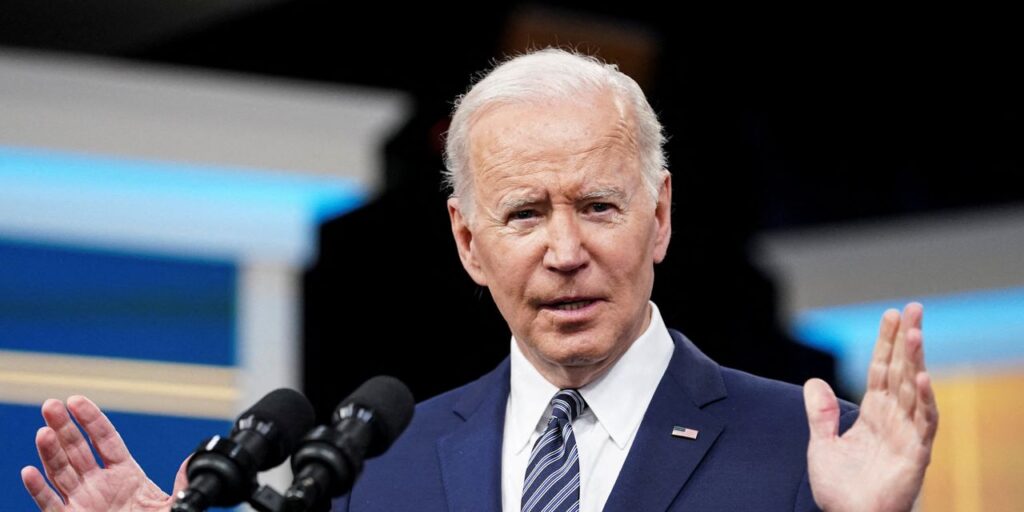Indian Rupee gathers strength on Friday despite geopolitical tension risks, renewed USD demand.
The fear of a wider conflict between Israel and Iran might cap the INR’s upside.
Investors await the RBI Monetary Policy Committee (MPC) Meeting Minutes, which are due on Friday.
Indian Rupee (INR) rebounds on Friday despite geopolitical fears and foreign fund outflows. However, the escalating tension between Israel and Iran heightens concerns about a wider conflict in the Middle East, triggering the fear of an oil supply disruption. Higher oil prices hurt the INR, as India is the third-largest consumer and importer of crude oil. Furthermore, the higher demand for the US dollar (USD) on safe-haven appeal might lift the pair.
On the other hand, the USD/INR’s potential upside is limited as the Reserve Bank of India (RBI) is likely to intervene in the foreign exchange (FX) market to prevent the volatility of local currency. Investors will monitor the RBI Monetary Policy Committee (MPC) Meeting Minutes on Friday. Also, Chicago Fed Austan Goolsbee is set to speak.
Daily Digest Market Movers: The Indian Rupee remains firm amid Middle East tensions
Trimming trade deficit, expectations of USD inflows in debt markets, and strong growth momentum have been supportive for the INR,” said Dilip Parmar, Research Analyst, HDFC Securities.
Israeli missiles attacked a site target in Iran, ABC News said late Thursday, citing a US source, while Iranian state media claimed an explosion in the country’s center days after Iran carried out a retaliatory drone strike on Israel.
The International Monetary Fund (IMF) raised India’s GDP growth forecast for 2024–25 to 6.8% in its update to the World Economic Outlook (WEO).
The US Initial Jobless Claims for the week ending April 13 increased below market consensus, rising by 212,000 from the previous weekly gain of 212K (revised from 211K).
The Philadelphia Fed Manufacturing Index jumped to 15.5 in April from 3.2 in March, beating the estimation of 1.5. The US Existing Home Sales dropped by 4.3% MoM to 4.19 million from 4.38 million, worse than the anticipated 4.2 million.
Atlanta Fed President Raphael Bostic said US inflation is expected to return to the 2% target at a slower pace than many had anticipated, adding that he’s comfortable being patient and that rate cuts are likely by year-end.
New York Fed President John Williams said that he doesn’t feel an urgency to cut rates and that monetary policy is in a good place.
Technical analysis: USD/INR maintains a bullish outlook
The Indian Rupee trades stronger on the day. USD/INR keeps the bullish stance unchanged as the pair is above the key 100-day Exponential Moving Average (EMA) on the daily timeframe. The upward momentum is confirmed by the 14-day Relative Strength Index (RSI), which hovers around 65.00, suggesting that support zones are more likely to hold than to break.
The first upside barrier of the pair will emerge near an all-time high of 83.72. A decisive break above this level will pave the way to the 84.00 psychological round figure. On the other hand, a low of April 18 at 83.50 acts as an initial support level, followed by a low of April 12 at 83.30. A downside break below the 100-day EMA at 83.12 might spark a sharp decline.
US Dollar price this week
The table below shows the percentage change of US Dollar (USD) against listed major currencies this week. US Dollar was the strongest against the Australian Dollar.
USD
EUR
GBP
CAD
AUD
JPY
NZD
CHF
USD
0.11%
0.33%
0.12%
1.15%
0.64%
1.05%
-0.64%
EUR
-0.11%
0.22%
0.01%
1.04%
0.53%
0.95%
-0.76%
GBP
-0.33%
-0.22%
-0.20%
0.84%
0.32%
0.73%
-0.99%
CAD
-0.13%
-0.02%
0.19%
1.06%
0.53%
0.93%
-0.79%
AUD
-1.18%
-1.07%
-0.86%
-1.05%
-0.53%
-0.14%
-1.83%
JPY
-0.64%
-0.54%
-0.29%
-0.53%
0.53%
0.43%
-1.32%
NZD
-1.07%
-0.95%
-0.75%
-0.94%
0.10%
-0.42%
-1.72%
CHF
0.64%
0.76%
0.98%
0.78%
1.81%
1.30%
1.69%
The heat map shows percentage changes of major currencies against each other. The base currency is picked from the left column, while the quote currency is picked from the top row. For example, if you pick the Euro from the left column and move along the horizontal line to the Japanese Yen, the percentage change displayed in the box will represent EUR (base)/JPY (quote).
Indian economy FAQs
The Indian economy has averaged a growth rate of 6.13% between 2006 and 2023, which makes it one of the fastest growing in the world. India’s high growth has attracted a lot of foreign investment. This includes Foreign Direct Investment (FDI) into physical projects and Foreign Indirect Investment (FII) by foreign funds into Indian financial markets. The greater the level of investment, the higher the demand for the Rupee (INR). Fluctuations in Dollar-demand from Indian importers also impact INR.
India has to import a great deal of its Oil and gasoline so the price of Oil can have a direct impact on the Rupee. Oil is mostly traded in US Dollars (USD) on international markets so if the price of Oil rises, aggregate demand for USD increases and Indian importers have to sell more Rupees to meet that demand, which is depreciative for the Rupee.
Inflation has a complex effect on the Rupee. Ultimately it indicates an increase in money supply which reduces the Rupee’s overall value. Yet if it rises above the Reserve Bank of India’s (RBI) 4% target, the RBI will raise interest rates to bring it down by reducing credit. Higher interest rates, especially real rates (the difference between interest rates and inflation) strengthen the Rupee. They make India a more profitable place for international investors to park their money. A fall in inflation can be supportive of the Rupee. At the same time lower interest rates can have a depreciatory effect on the Rupee.
India has run a trade deficit for most of its recent history, indicating its imports outweigh its exports. Since the majority of international trade takes place in US Dollars, there are times – due to seasonal demand or order glut – where the high volume of imports leads to significant US Dollar- demand. During these periods the Rupee can weaken as it is heavily sold to meet the demand for Dollars. When markets experience increased volatility, the demand for US Dollars can also shoot up with a similarly negative effect on the Rupee.
Information on these pages contains forward-looking statements that involve risks and uncertainties. Markets and instruments profiled on this page are for informational purposes only and should not in any way come across as a recommendation to buy or sell in these assets. You should do your own thorough research before making any investment decisions. FXStreet does not in any way guarantee that this information is free from mistakes, errors, or material misstatements. It also does not guarantee that this information is of a timely nature. Investing in Open Markets involves a great deal of risk, including the loss of all or a portion of your investment, as well as emotional distress. All risks, losses and costs associated with investing, including total loss of principal, are your responsibility. The views and opinions expressed in this article are those of the authors and do not necessarily reflect the official policy or position of FXStreet nor its advertisers. The author will not be held responsible for information that is found at the end of links posted on this page.
If not otherwise explicitly mentioned in the body of the article, at the time of writing, the author has no position in any stock mentioned in this article and no business relationship with any company mentioned. The author has not received compensation for writing this article, other than from FXStreet.
FXStreet and the author do not provide personalized recommendations. The author makes no representations as to the accuracy, completeness, or suitability of this information. FXStreet and the author will not be liable for any errors, omissions or any losses, injuries or damages arising from this information and its display or use. Errors and omissions excepted.
The author and FXStreet are not registered investment advisors and nothing in this article is intended to be investment advice.
https://www.fxstreet.com/news/usd-inr-strengthens-amid-iran-airport-attacks-and-oil-prices-rise-202404190353




